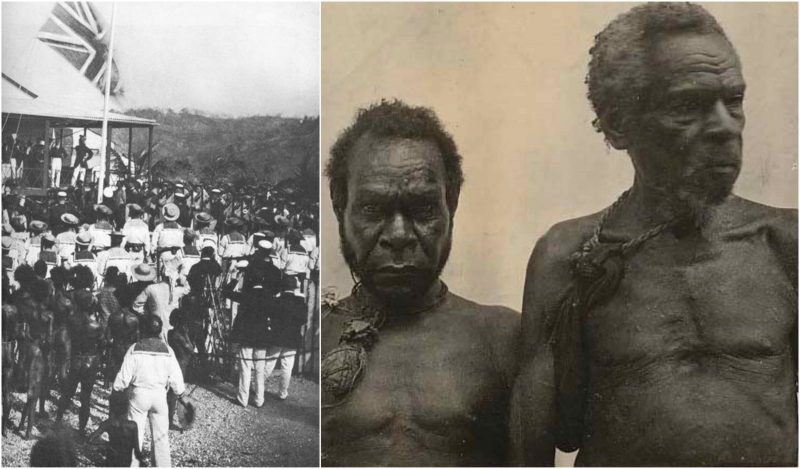The Vailala Madness was a cargo cult, a type of revitalization movement that sought to gain access to Western trade goods (“cargo” in Pidgin English) by magical means.
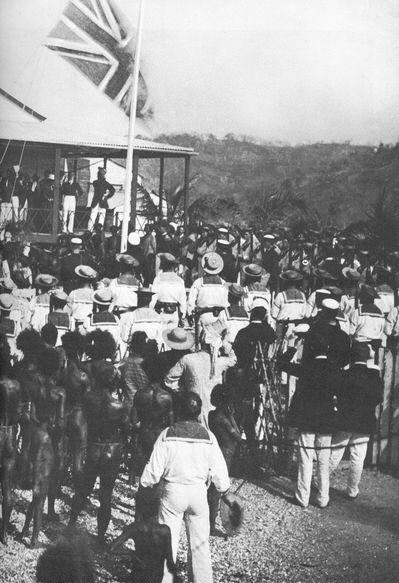
Cargo cult
The best-known of the early cargo movements began in 1919 in the Papua area (now Papua New Guinea). The movement was based on the revelations of local prophets that the ancestors were withholding European material goods from indigenous peoples. Cult doctrines included the iconoclastic destruction of old ceremonial objects and the moral, social, and logistical preparation for the arrival of vast quantities of Western “cargo,” expected to be delivered by ship or plane.
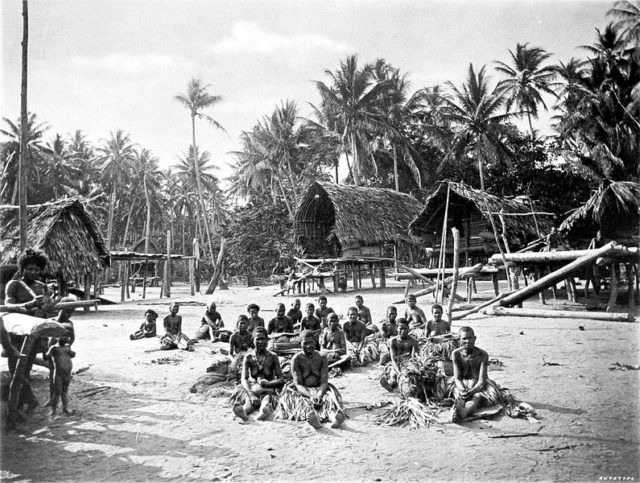
When colonization or invasion by an industrialized power brought a massive influx of manufactured goods—cars,
radios, processed food—natives sought some explanation for these wonders within their own cultural understandings. Because the whites were never seen manufacturing these goods but only receiving them, often by
airplane or ship, it was assumed that foreigners had some magic at their disposal, perhaps the secret words that they endlessly wrote on pieces of paper.
Magic
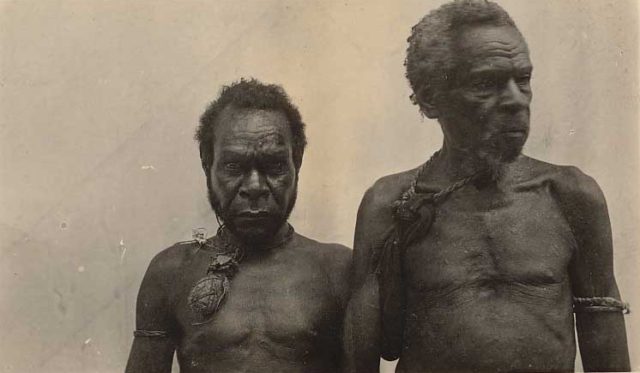
‘The rumor spread that a big ship was on the way to them from the spirits in Heaven, fully loaded with tobacco, cloth, preserves, electric torches, knives, axes; and with rifles and ammunition too, it was said later. The weapons were to drive the whites out of the country so that they couldn’t steal any more of the goods that were intended for the people. Some dark night or other the natives would imagine they saw a ship nearing the village from the sea.
They would run out of their huts, swing burning torches and shout and scream in hysterical excitement. They completely lost their mental balance and these fevers of hysteria could last for several weeks, even months. The whole rhythm of the daily life of the village was disturbed, the fields went untended (for now it was not necessary to work in them anymore, far all they needed was on the way).
In some places, they even started to build large huts to store the goods when the ship arrived. In the huts, they put stones, sticks, and piles of leaves as symbols of the guns and goods they expected.” – Jens Bjerre – The Last Cannibals
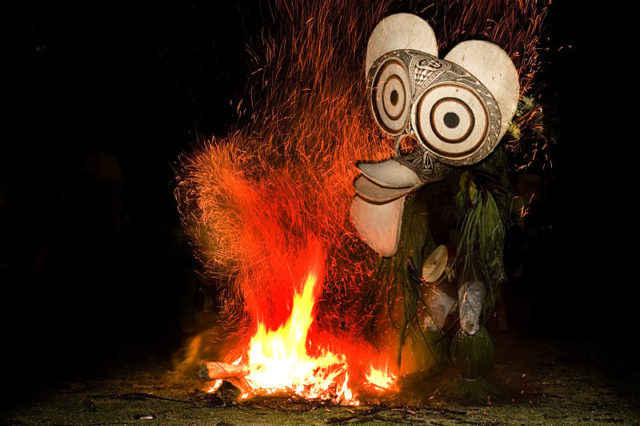
From the point of view of the natives, the only logical explanations about how the whites receive the goods were either an airport, carved out of the jungle or a mockup of an airplane would attract the cargo from the skies; or maybe it was the white rituals, such as walking up and down in military formation carrying rifles, or sitting around a table in suits and ties, that brought the cargo; or that maybe the whites discovered the secret formula of how to obtain the goods from the ancestors.
Let’s kill all our pigs
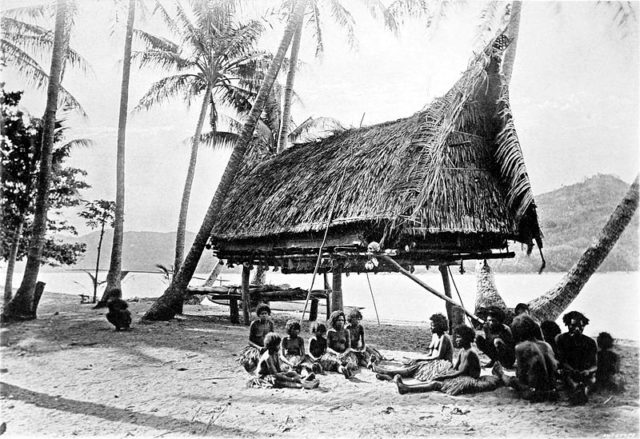
Unfortunately, cargo cults could sometimes end in tragedy. In New Guinea in 1946, in response to wartime occupation of the islands, natives slaughtered their pigs, their main source of subsistence, in the belief that Great Pigs would appear from the sky at the millennium, which would be announced on mock radios attached to bamboo and rope “antennae”.
The natives didn’t only slaughter their pigs, but they also burned down their own huts and ruined their fields, and sat for several days on the beach waiting for the ship with their forefathers’ spirits to arrive with food for them. The movement took various forms in different places according to what the natives could imagine and according to the rumors they heard. The authorities did not call it Vailala madness anymore, but the cargo-cult: it was always about cargoes from Heaven.
